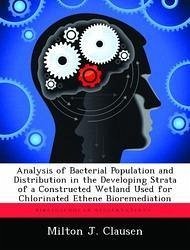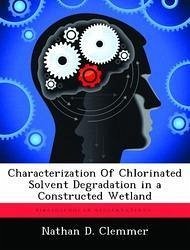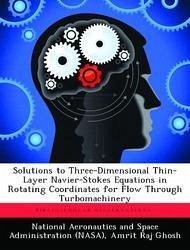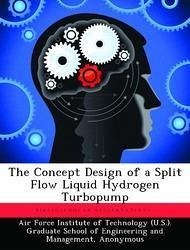Nicht lieferbar
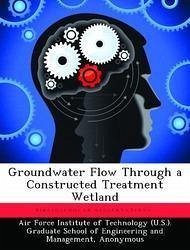
Groundwater Flow Through a Constructed Treatment Wetland
Versandkostenfrei!
Nicht lieferbar
This study examines the flow of groundwater through a constructed treatment wetland. The wetland was built to explore the viability of constructed wetlands as a treatment technology for groundwater contaminated with perchloroethylene, and it employs an upward vertical flow design. A major goal of the study is to determine whether the system design facilitates uniform vertical flows through the subsurface soil sediments or if preferential flows occur. Conceptually, uniform flows will achieve the most efficient degree of contaminant removal possible by evenly dispersing the groundwater contamina...
This study examines the flow of groundwater through a constructed treatment wetland. The wetland was built to explore the viability of constructed wetlands as a treatment technology for groundwater contaminated with perchloroethylene, and it employs an upward vertical flow design. A major goal of the study is to determine whether the system design facilitates uniform vertical flows through the subsurface soil sediments or if preferential flows occur. Conceptually, uniform flows will achieve the most efficient degree of contaminant removal possible by evenly dispersing the groundwater contaminants throughout the full volume of the subsurface media. A three-dimensional grid of piezometers is used to generate potentiometric contour maps, and in-situ tests of hydraulic conductivity facilitate construction of a numerical computer model. The contours of hydraulic head, measured conductivities, and numerical model simulations imply preferential flows and a wetland operating at less than an optimal level of efficiency. Hydraulic residence times for representative water particles released in the model range from 16.5 hours to 15 days with a mean residence time of three days. The divergence from the uniform flow ideal suggests an alternative construction approach may be appropriate.





